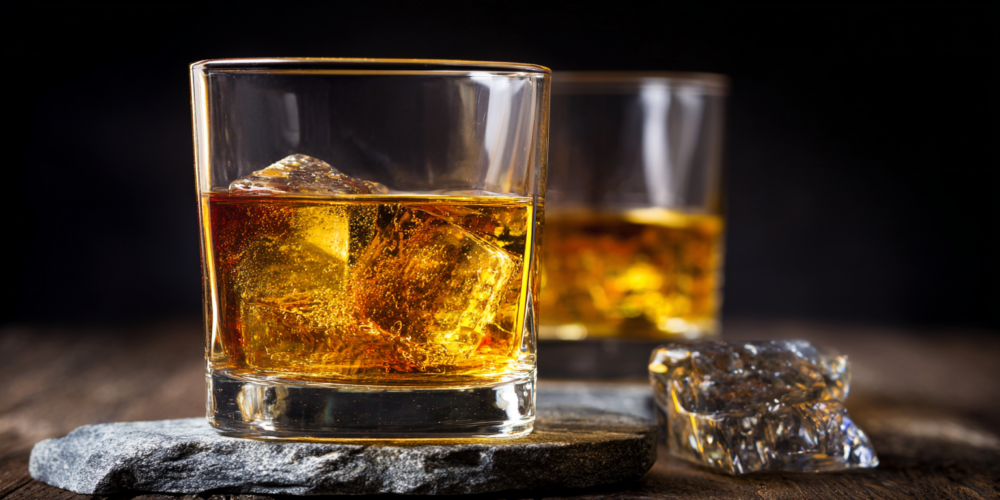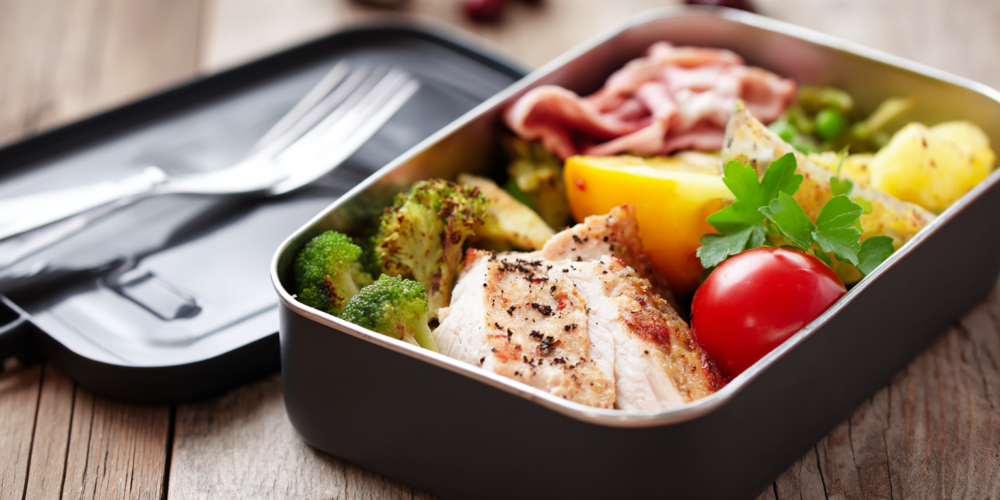
Did you know that a staggering 35-40% of the world’s population is dealing with a fatty liver? It’s a condition that used to be primarily linked to alcohol, but nowadays, the main culprits are much closer to home: fast food and excess sugar. This post breaks down the fastest, most natural ways to tackle this common health issue. (This article draws on the expertise of Dr. Sten Ekberg)
💡Understanding Fatty Liver

Fatty liver isn’t just one thing; it’s a condition that can range in severity. Initially, it might just mean some fat has infiltrated the liver. But if left unchecked, it can lead to inflammation, tissue damage, and reduced liver function. Doctors often classify it into grades:
- Grade One: Mild to moderate fat buildup with no inflammation or damage. Liver enzymes like ALT, AST, and GGT usually look normal at this stage.
- Grade Two: More fat buildup, plus some inflammation and potential tissue damage. This is when liver enzymes might start to show changes.
- Grade Three: Severe fat buildup, significant inflammation, and likely tissue damage.
If fatty liver progresses, it can develop into NASH (non-alcoholic steatohepatitis), which involves inflammation and tissue damage. From there, it can unfortunately lead to cirrhosis and even liver cancer. The good news is that fatty liver is closely linked to insulin resistance and type 2 diabetes, and it’s reversible, especially when caught early.
🔥The Power of Intermittent Fasting

One of the quickest ways to reverse a fatty liver is through fasting. While a very long fast might do the trick, it’s not recommended without strict medical supervision. A more practical and effective approach is intermittent fasting (IF). The key is to vary your fasting routine. You could try doing OMAD (one meal a day) for a bit, then switch to a 42-hour fast occasionally, and stick to a 16:8 pattern most days. Keeping your body guessing by changing up your fasting schedule helps it stay adaptable.
❌Cutting Out the Bad Stuff: Alcohol and Sugar
⚙️Alcohol’s Impact

It might seem obvious, but cutting out alcohol is a major step. Here’s why:
- Fat Conversion: When your liver processes alcohol, excess energy is converted into fat.
- Nutrient Depletion: Metabolizing alcohol uses up vital nutrients like B vitamins and glutathione, the body’s main antioxidant. This depletion hinders the liver’s normal functions.
- Dehydration: Alcohol is a diuretic, meaning it makes you lose fluids and electrolytes, which can lead to hangovers and imbalances.
- Nutrient Imbalance: Alcohol messes with nutrient absorption, lowering levels of certain vitamins and minerals while increasing iron absorption. Too much iron can be tough on the pancreas and liver, mimicking insulin resistance.
- Choline Interference: Alcohol interferes with choline, a nutrient crucial for liver function and fat metabolism.
📌The Fructose Factor

Sugar, especially high-fructose corn syrup and table sugar (which are about 50% fructose), is almost as hard on the liver as alcohol. Fructose can only be processed by the liver, putting a similar strain on it and depleting nutrients. The effects are particularly concerning for children who consume high amounts of sugary foods and drinks.
⚙️Moderation vs. Elimination:

While “moderation” is often mentioned, when you’re trying to reverse a condition like fatty liver or type 2 diabetes, zero added sugar is the best approach. For general health, recommendations vary, but aiming for 10-20 grams of added sugar per day is a good target if you’re healthy and not struggling with cravings. For those recovering from metabolic issues, eliminating it entirely gives the liver the best chance to heal.
⚙️Carbohydrates:

Dense carbohydrate sources like rice, bread, and pasta are essentially pure glucose. While not containing fructose, they still raise blood sugar and insulin levels, contributing to insulin resistance over time. If you’re trying to reverse fatty liver, significantly reducing these is key. Aim for 0-50 grams of carbs per day, focusing on high-fiber vegetables. Even in ketosis, non-starchy vegetables are important for gut health.
✨Incorporating Healthy Fats and Reducing Toxins
👉Healthy Fats for Energy

When you cut back on carbs and sugar, you need an alternative energy source. Healthy fats are the answer. Think avocados, nuts, seeds, wild fish, grass-fed meats, and pastured eggs (especially the yolks). Cooking with extra virgin olive oil, grass-fed butter, and coconut oil is also beneficial.
👉Minimizing Your Toxic Load

Our environment is filled with thousands of chemicals that our liver has to process. Even small amounts can add up. Here’s how to reduce your exposure:
- Organic Foods: Prioritize organic produce, especially items on the “dirty dozen” list, which are known to have higher pesticide residues.
- Natural Products: Opt for natural cleaning supplies, personal care items, and cosmetics.
- Safe Cookware: Use glass or stainless steel for cooking and food storage. Avoid plastic, especially for heating or storing liquids.
- Water Filtration: Filter your tap water and avoid drinking water from plastic bottles. A whole-house filter is ideal.
- Avoid Certain Cookware: Steer clear of Teflon and aluminum cookware.
🦵The Role of Exercise

Exercise is vital for reversing fatty liver, but the type matters:
- Aerobic Exercise: This is exercise done “with air,” meaning you can sustain it for a long time without getting overly breathless. It primarily burns fat and is low-stress on the body. Aim for 30 minutes or more.
- Anaerobic Exercise: This is high-intensity exercise that leads to muscle burn and heavy breathing. While it burns carbs and fat, it can also increase cravings for carbs afterward and put more stress on the body. If you enjoy it, do it sparingly (once or twice a week).
- HIIT (High-Intensity Interval Training): Short bursts of intense activity followed by rest. While it uses both fat and carbs, HIIT can challenge the body, boost metabolism, and release growth hormone, which aids fat burning. Keep HIIT sessions short (e.g., 15-30 seconds intense, 30-60 seconds rest) and do them only 2-3 times a week to avoid overstressing your body.
🌱Liver-Friendly Foods and Supplements
➡️Foods to Include:

- Leafy Greens & Cruciferous Vegetables: Broccoli, cauliflower, arugula, and Brussels sprouts contain compounds that help the liver break down toxins.
- Omega-3 Rich Foods: Salmon, sardines, and high-quality, pasture-raised eggs (yolks) are excellent sources. Seeds like flax, chia, and hemp also provide omega-3s, though conversion to EPA and DHA can vary.
- Garlic, Turmeric, and Ginger: These spices have compounds that support liver health.
➡️Supplements to Consider:

- Vitamin E: Look for food-based sources like Cataplex E.
- Fish Oil: Choose high-quality fish oil with significant EPA and DHA (e.g., Super Omega, cod liver oil).
- Liver Support: Products like Livaplex and choline supplements can be beneficial.
🚀The Fastest Way: Combine Everything!
The absolute fastest way to reverse fatty liver is to implement all these strategies together. Don’t focus on just one thing; a little progress in many areas will yield significant results quickly.
- Practice intermittent fasting.
- Eliminate alcohol and added sugars.
- Increase aerobic exercise.
- Reduce carbohydrate intake and increase healthy fats.
- Minimize your toxic load.
- Support your liver with nutrient-dense foods and appropriate supplements.
- Lose weight naturally as a result of these changes.
Remember, a large belly often indicates fatty liver. While weight loss is a great side effect of these healthy habits, the primary goal is to implement these changes for overall liver health and metabolic well-being.
Source: Dr. Sten Ekberg

